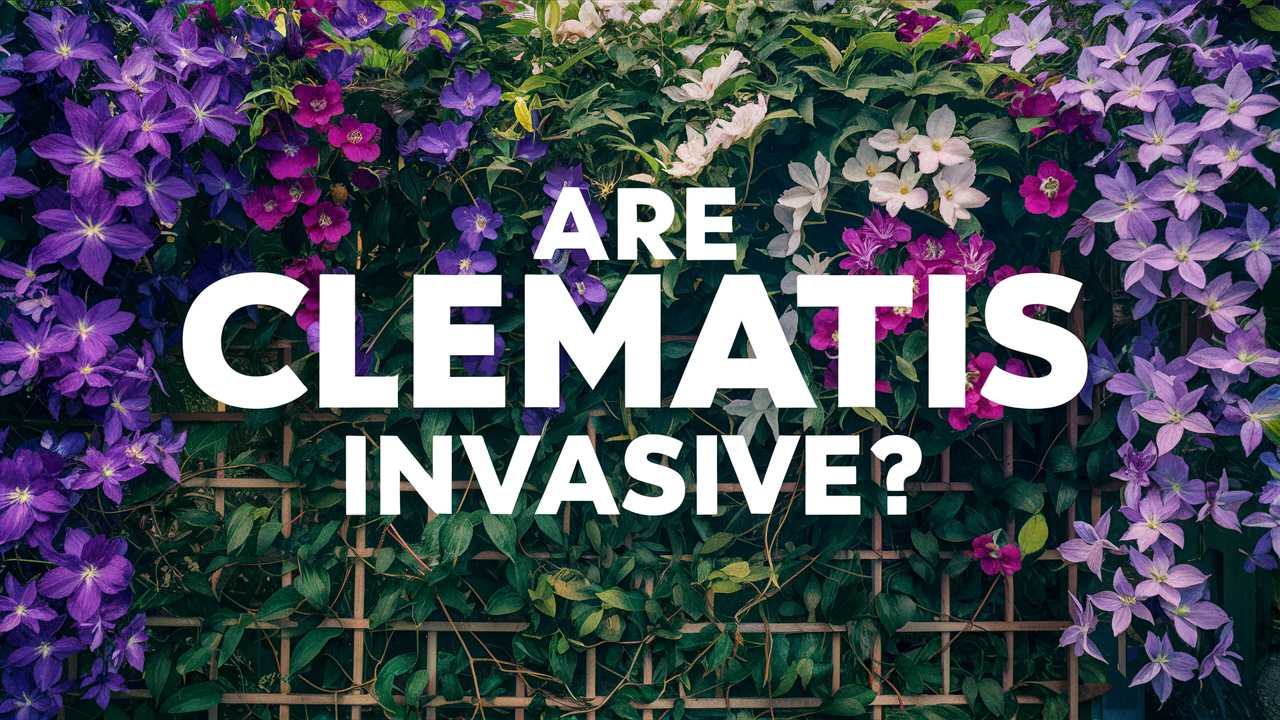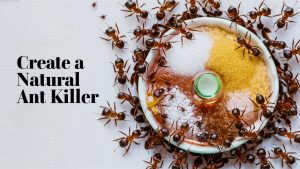Are clematis invasive? This guide will explore the characteristics of clematis, their ecological implications, and how gardeners can enjoy them responsibly.
Characteristics and Growth of Clematis
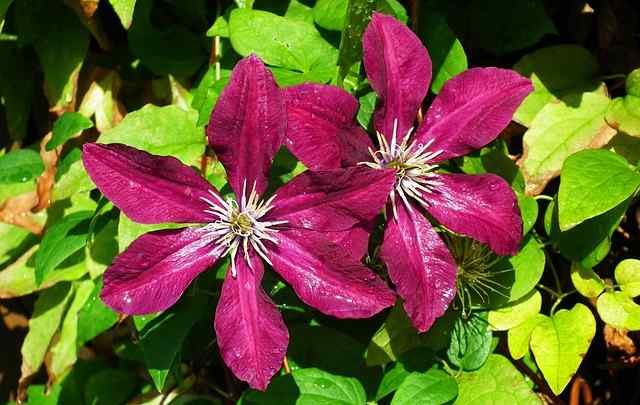
Growth Habits
Clematis can be broadly divided into three pruning groups based on their growth habits, flowering times, and maintenance needs. Understanding these groups is essential for optimal cultivation:
Group 1: Early-blooming clematis that flower on previous year’s growth. These species need minimal pruning and reward the gardener with blooms in early spring.
Group 2: These bloom on old wood and new growth, providing a second chance to see magnificent flowers during summer. They require moderate pruning.
Group 3: This group blooms on new wood and requires more extensive pruning each year. They typically thrive with a good cut back in late winter or early spring.
Ecological Roles
Clematis can play a significant role in the ecosystem. Their abundant flowers attract a variety of pollinators, including bees, butterflies, and birds. This characteristic makes them beneficial not only for gardens but also for supporting local ecosystems.
The Invasive Debate
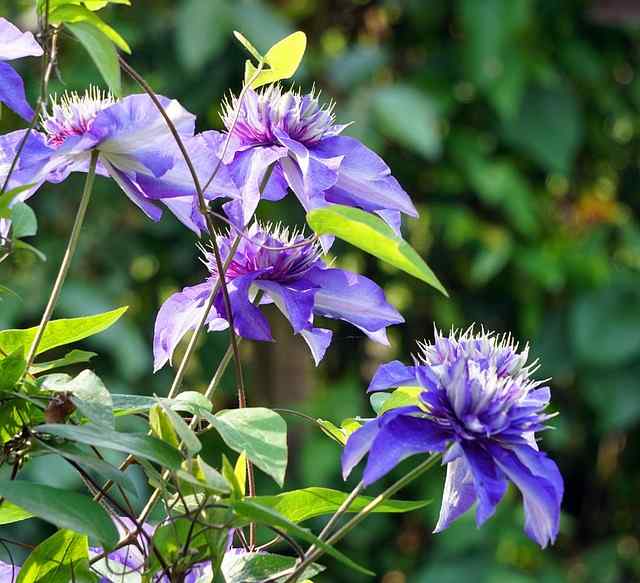
Defining Invasive Species
Before determining if clematis is invasive, it’s important to clearly define what an invasive species is. An invasive plant is typically an introduced species that proliferates in a non-native environment, outcompeting local flora for resources, disrupting ecosystems, and often leading to declines in biodiversity.
Clematis Species and Their Behavior
While some clematis varieties can become aggressive growers, not all are invasive. The potential invasiveness often boils down to the specific species and local environmental conditions:
Clematis terniflora (Sweet Autumn Clematis): Widely regarded as invasive, this species can quickly cover large areas. Its vigorous growth and ability to produce a plethora of seeds make it a concern in certain regions, particularly in the eastern United States.
Clematis vitalba (Old Man’s Beard): Similarly, this European import can suffocate native plants by climbing over them, effectively competing for sunlight and space.
Conversely, many clematis species are non-invasive and can coexist harmoniously with local flora, enhancing rather than harming biodiversity.
Regional Perspectives on Clematis Invasiveness
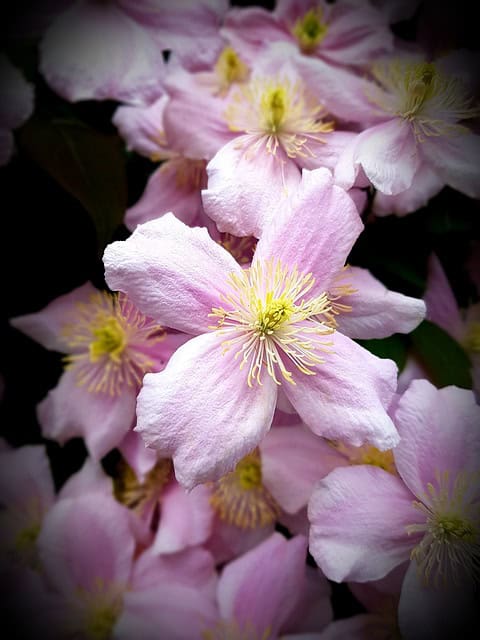
North America
In North America, certain clematis species, such as Sweet Autumn Clematis, have gained a notorious reputation. Gardeners in areas like the Midwest and Northeast must remain vigilant when planting these varieties. If left unchecked, they can easily escape cultivation, leading to ecological disturbances.
Europe
In their native range, many clematis species are harmonious with local ecosystems. However, where they are introduced, such as in Australia and New Zealand, some have shown invasive tendencies that threaten native flora.
Asia and Beyond
In Asia, the native habitats of various clematis species remain relatively stable. The ecological impact of clematis in these regions is low due to the absence of aggressive clonal growth observed in some foreign environments.
The Benefits of Responsible Cultivation
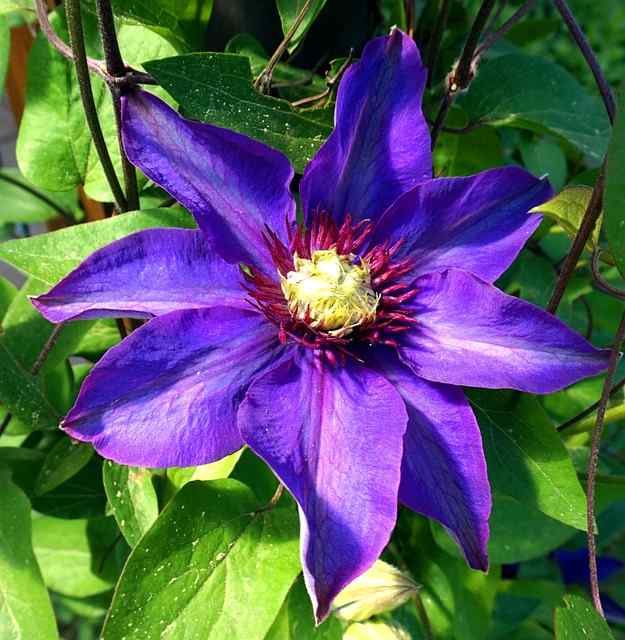
Planting Non-Invasive Varieties
By selecting non-invasive varieties, gardeners can enjoy the beauty and benefits of clematis without the risk of ecological harm. Some popular non-invasive options include:
Clematis alpina: Produces charming, bell-shaped flowers in early spring and is not known for aggressive growth.
Clematis x jackmanii: A classic hybrid known for its vibrant dark purple flowers, it is typically well-behaved in gardens.
Best Practices for Management
The key to enjoying clematis responsibly is management. Here are some strategies:
Regular Pruning: Keep aggressive growers in check through consistent pruning, especially for those in Group 2 and Group 3.
Deadheading: Removing spent flowers will help prevent seed production and reduce the likelihood of uncontrolled spread.
Cultivation Boundaries: Placing clematis in controlled environments such as pots or raised beds can help limit their spread.
Final Thoughts: The Path Forward
As we conclude this exploration into the question, “Are clematis invasive?” it’s clear that clematis deserves thoughtful consideration in gardening practices. They can be both a source of beauty and ecological concern, depending on the species and the circumstances.


